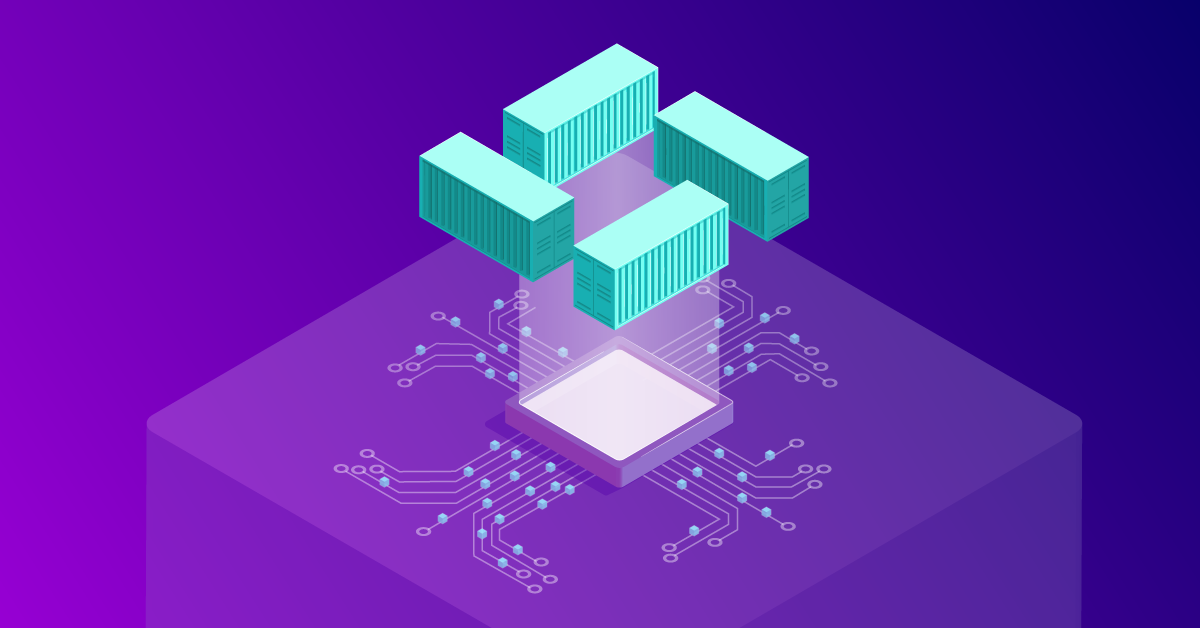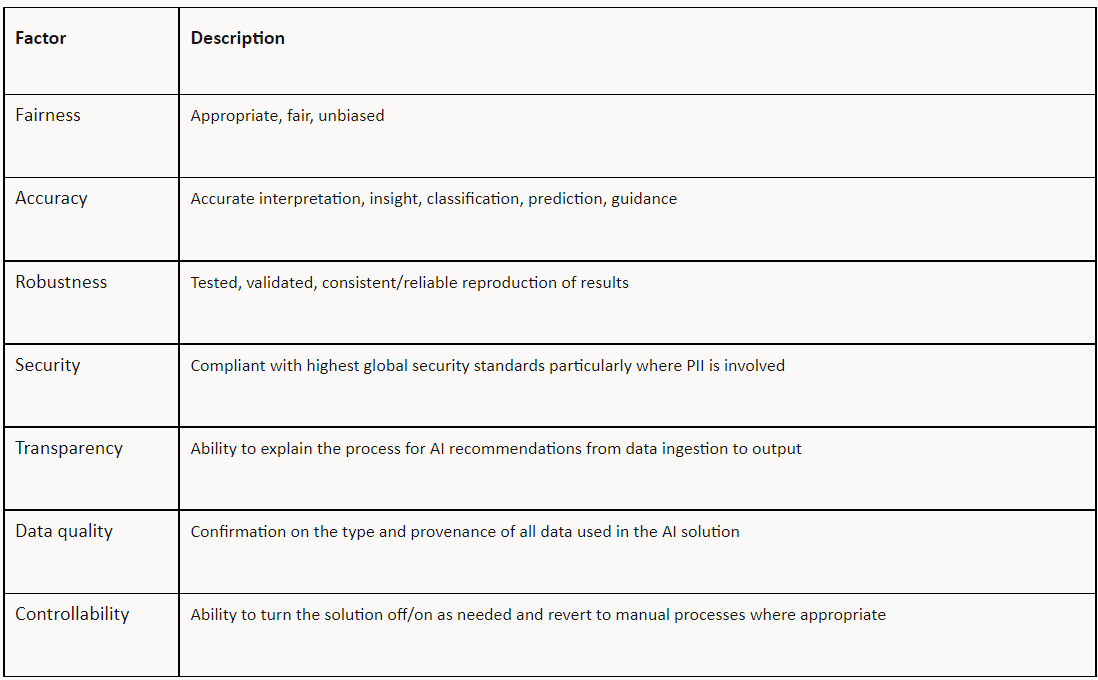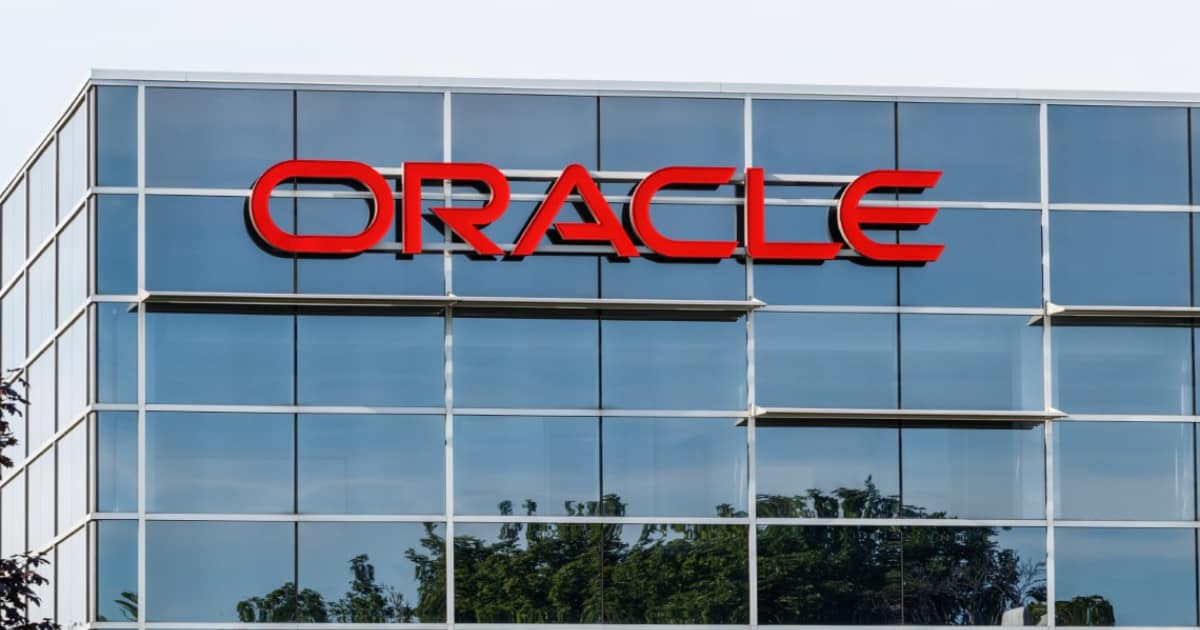
In 2017, Oracle announced a ground-breaking new database that automates important tasks and, if you give it approval, can even decide how to maintain and administer your database. This game-changing product alters data management, which changes how you manage your business. Years of study, development, customer input, and Oracle Database best practices have concluded in the Oracle Autonomous Database service. But we’re not finished yet: we’re always advancing development to meet the growing needs of its customers.
Oracle Autonomous Database on Exadata Cloud
The Autonomous Database is an Oracle database running on Exadata Cloud Infrastructure with version 19c at the time of writing. It is automated according to machine learning and automation built into the Autonomous Database service by Oracle Cloud Infrastructure (OCI). These two components remove the time-consuming database management tasks, including resource management and scaling, tuning, operating system and database patching and upgrades, and more. Your IT staff may concentrate on the “dev” in DevOps rather than the “ops” by eliminating these operational tasks.
With this approach, your company may develop applications that perform hundreds of thousands (or even millions) of transactions per second, develop new productivity tools, gather website monitoring data, and uncover fascinating new insights from its data. These all require particular expertise, which Autonomous Database provides you with right out of the box due to its variety.
The Autonomous Database’s versatility is supported by both its variety and the ease with which you can install it on the infrastructure of your choosing. Exadata Cloud@Customer or Autonomous Database on Dedicated Region Cloud@Customer can be deployed if you require data sovereignty and residence. Both Exadata Database virtual machines (VMs) and Autonomous Database VMs can be deployed using Exadata Cloud@Customer.
Your autonomous database must be put in the public cloud on OCI if you have no concerns about data residency. You can deploy in the following ways:
- Install the autonomous database on a networked system. Your autonomous database in this setup is a pluggable database on shared infrastructure. It is useful for departmental or line-of-business created apps, proofs of concept, data research using Oracle machine learning notebooks, and other uses. It is simple to configure and provision has a low entry price point, and is easy to use.
- Enterprise, business-critical, and mission-critical apps that require consistently high performance, the security that complete isolation provides, or have a strict, methodical deployment process are best suited for the Autonomous Database on Dedicated Exadata Cloud Infrastructure. In the public cloud, Autonomous Database Dedicated is a private cloud that can use just for operational flexibility and control, increased security and isolation, and predictable performance. See Resource Model Update for Autonomous Database on Dedicated Exadata Infrastructure for the most recent update.
Those recommendations are great, but what do they imply and how can you decide which OCI deployment is best for you? Consider this: Would you prefer to live in a house or an apartment? Both are useful. Depends on what you’re looking for.
Find your home in Dedicated Exadata Cloud Infrastructure
If you’re social, want to move around, or don’t have enough money to buy in the area you want to live in, renting an apartment is a great option to get started. In an apartment, the infrastructure is shared, everyone pays the same rent, and they all have access to the same amenities, which the majority of residents use responsibly and to the greatest extent possible. However, there are also disadvantages to apartment living, like dealing with landlords who limit what you can and cannot do in your home, the possibility of noisy neighbors, and having to keep excess furniture in a communal storage space. Maybe there aren’t enough parking spaces for your guests, which would mean that you don’t have complete control over your environment.
Autonomous Database Shared instances are stored on a shared infrastructure in the public cloud, similar to an apartment. There is no VM isolation. Your Autonomous Database instance, on the other hand, is a pluggable database in a shared container database that supports multiple customers. With shared database infrastructure, you still have noisy neighbors that share your data cache, SQL area, and REDO log stream, even though your data is separated and protected.
This compromise doesn’t present a problem in some use cases. The highest levels of performance, isolation and operational rigor are not required if a developer only requires a quick database at a minimal cost for a developer-driven initiative or proof of concept. In this situation, they require quick deployments, simple operations, and high levels of security. The ideal option is Autonomous Database Shared, which is simple and flexible.
However, you start to think about life strategically and feel the desire to take more control over your life situation. You then want to leave your flat and live in your own home. Even though a house may cost more than an apartment, the advantages far outweigh the disadvantages: Having complete control over your living arrangements, complete separation from your neighbors, separate plumbing and electrical systems, security, and the ability to manage visitors, room allocations, and all other aspects of your home. On your journey through life, this freedom allows you to attend to more mature needs like family, children, and more.
You get more operational freedom, isolation, control, and predictable performance with an autonomous database dedicated. Here are some examples where an autonomous database on dedicated infrastructure makes sense for business applications. Control over the data is very important for independent software vendors (ISVs) that are developing a software-as-a-service (SaaS) application. Only available in Autonomous Database Dedicated, Operator Access Control (OpCtl) allows you to provide Oracle access to your systems to do proactive maintenance such as patching. Every action Oracle does is recorded, and you may view it in real time. You can remove someone by pressing a button if you don’t like what they’re doing. Even if you have total trust in Oracle and usually approve access requests, the granular auditing allows you to operate under the “Trust but Verify” approach.
Want to know more about Oracle? Visit our course now.
Operational flexibility is also made possible by specialized infrastructure. You have control over which autonomous databases get updated and to which patch version by being able to deploy your infrastructure however you see suitable. You may ensure that development environments are updated before test environments, which are updated before production environments, using this functionality. You have the option to choose the beginning of the cycle and how much time you want to give for testing before each upgrade.
Here at CourseMonster, we know how hard it may be to find the right time and funds for training. We provide effective training programs that enable you to select the training option that best meets the demands of your company.
For more information, please get in touch with one of our course advisers today or contact us at training@coursemonster.com











